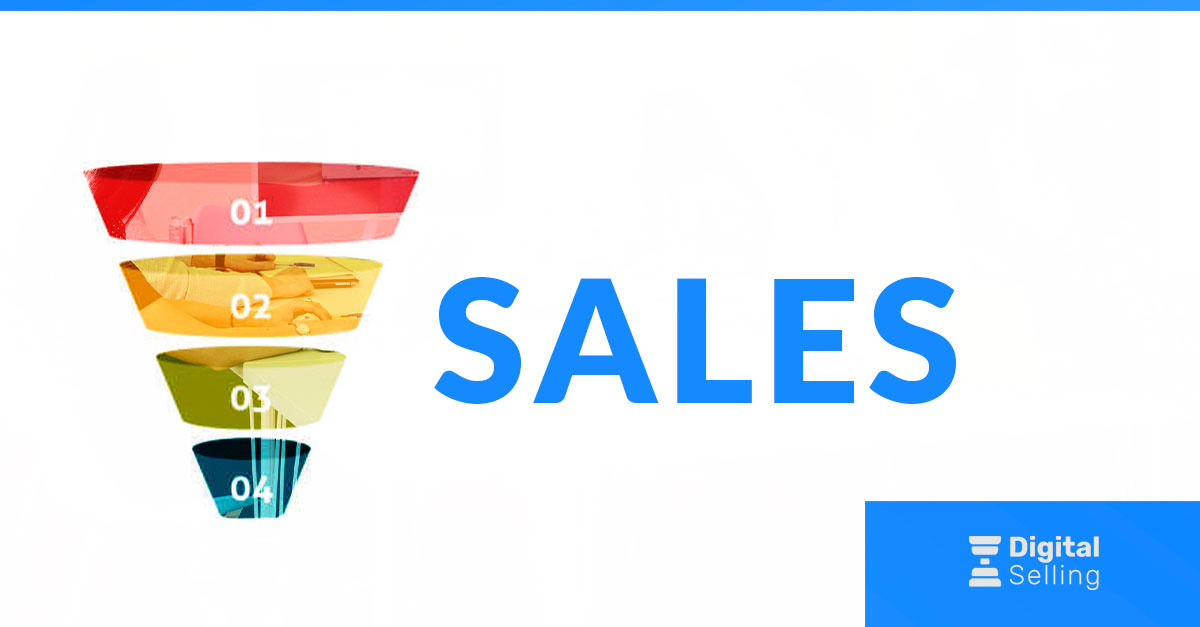The goal of business is to generate revenue through customers by convincing them to buy your product or service. The only way to achieve this goal is to truly understand the people whose lives you want to improve. The more an organization knows its customers define the success of its product and brand.
The organization that understands its target customer better and is closer to its customers than competitors will win.
Understanding your customers is essential in building a solution that people are willing to pay for. You must put yourself in your target customer’s shoes to understand who they are and what they care about. You can only build a solution that customers need and deliver efficiently.
However, understanding your customers goes beyond just knowing their pains and problems. In this sense the front line (marketing or sales professionals) are crucial to describe who your customers are and, most of the time, they will tell you all about their pain points. But understanding someone’s problems doesn’t give you the complete picture. If that’s all you know about your existing or potential customers, you’re missing the context in which this pain occurs. Building empathy for your customers, in turn, builds more brand credibility.
Context is everything.
From the seller’s point of view, it’s hard to know what he doesn’t know about the customer and what he should know to offer the customer the right option. In B2B sales, we generally know who our customers are and their problems. But that’s not enough: organizations must also understand the context in which their customers operate, what their typical day-to-day life looks like, how they feel about the issues at hand, what events they attend, and who they follow in the media. social media, what they read, and what products and services they use and like. Building empathy with your customers helps you create effective marketing and sales strategies that focus on your customers rather than your solution.
Most companies start the process by creating customer personas based on demographics and psychographics that include things like attitudes, values, and interests. They can find industry-specific generic personas online or make guesses based on what they think they know about their actual or potential customers. Most of the time, these personas amount to assumptions. And there is a better way!
Before developing a persona and ideal customer profile, take the time to understand your target audience more broadly. This knowledge will help you select the ideal customer segment to target and even the people whose attitudes, values , and beliefs align with your organization. It will also form the basis of your go-to-market strategy.
You cannot please everyone.
Here are steps you can take to build a more comprehensive view of your customers.
- Understand the larger target audience that may be feeling the pain you are solving. For example, let’s say you provide training for sales reps. Your target audience could be the VP of Sales in organizations of all sizes or any industry. However, the fact that people experience the same pain does not mean that they have an identical context. While every VP of Sales feels it is important to train their sales reps, in a large organization, the VP of Sales has a larger budget to deal with this problem and may hire outside trainers. In a smaller organization, the VP of Sales may have to train their direct reports.
- Identify potential customers (people who have a specific problem your solution solves) outside of your larger audience group. For example, your prospects might be VPs of Sales for organizations that generate more than $1 million in annual recurring revenue (ARR).
- Build an ideal customer profile (ICP). Your ideal customers are potential customers with problems you can solve who are ready, willing, and able to buy your product or service. Ideally, the person who fits your ICP is aware of the problem and already looking for a solution.
- Create customer personas. Only after understanding the broader target audience and outlining the main target in the form of an ICP can you delve into psychographics and personality traits—attitudes, beliefs, values, etc. — from your customers.
The aim is to analyze the broad target audience before defining your ideal customer profiles and personas to ensure you understand the market you are targeting and select the right targets.
In other words, understanding your customers requires you to first understand the entire market and then focus on an ideal customer profile to pursue. Understand first, then segment. It’s also worth noting that choosing the right market and the right customer can lower your customer acquisition cost (CAC). It’s easier to sell your solution to people who are already familiar with the problem, and even easier if your target customer is already in the market for a solution.
Additionally, a go-to-market strategy that targets the right customers positively impacts customer lifetime value (CLV) and churn. Low customer lifetime value (CLV) and high churn are the results of selling to the wrong people – those who aren’t experiencing the problem you’re solving or aren’t experiencing enough pain to justify the expense, whether whatever the costs of your solution.
The purpose of this article is to show you how to create a 360º view of your customer and what characteristics you should consider when selecting your ideal customer profile and persona. Learning about your broad target audience is key to defining your ideal customer profile, but it can be separate from the ICP creation process.
The ICP is the foundation of your brand story, strategic messaging, customer acquisition process, and content strategy. Therefore, every marketing playbook and every go-to-market strategy plan should start with a careful analysis of your market, defining your ICP, and deeply understanding your ideal customer from every conceivable angle.
To build a strong brand, you need to grab your target audience’s attention. To get attention, you need to make people care by showing them the vision and the promised land. And to do that, you must have an organization centered on the customer experience — a company that closely understands its customers, their feelings, beliefs, and attitudes as well as pains and concerns. Your customer’s feelings and emotions are an important part of the decision-making process. We often make decisions based on our emotions and then find a way to rationalize our decision. In the B2B market, not all purchasing decisions are made based on a rational analysis of how a solution will help the company.
As people buy solutions for their organizations, their individual needs must also be met. Purchasing on behalf of your organization can be stressful and anxiety-provoking. That’s why having empathy and knowing your ideal customer profile is the key to selling more.






